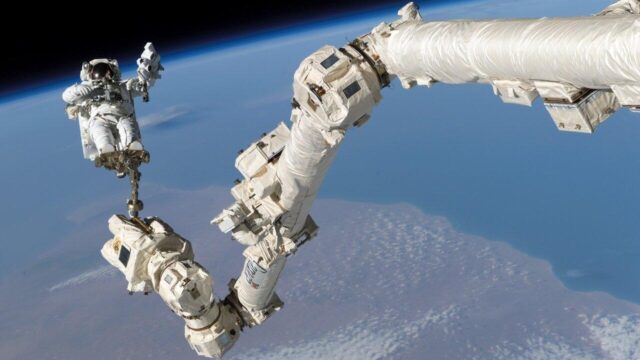Robotic Arms in Space: Exploring, Mastering, and Shaping the Cosmos

Course Content
Introduction
-
The Rise of Robotic Arms in Space Exploration
00:00 -
The Role of Robotic Arms in Transforming Space Missions
00:00 -
Overview of the Ebook’s Structure
00:00